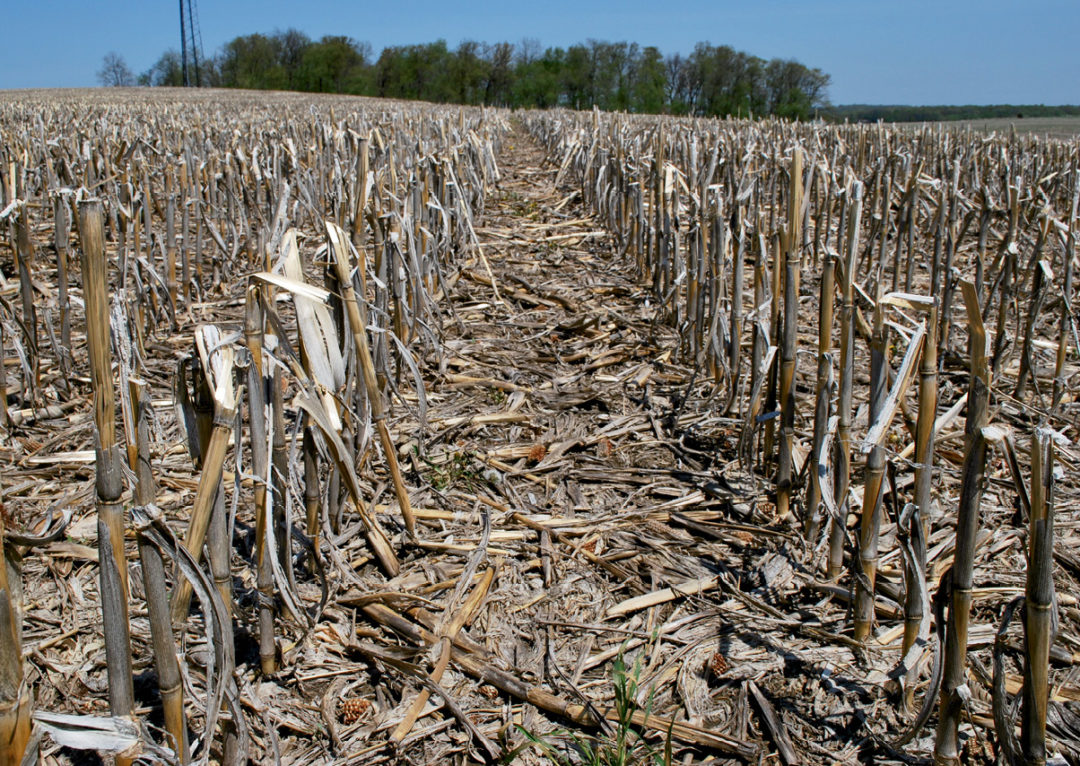No-Till Farmer
Get full access NOW to the most comprehensive, powerful and easy-to-use online resource for no-tillage practices. Just one good idea will pay for your subscription hundreds of times over.

Making a few — or maybe more than a few — extra bucks by going corn-on-corn is a temptation many no-tillers are giving in to.
It can be done, but experts and experienced no-tillers agree that more attention must be paid to management at all stages of production if you want the strategy to pay.
A sharp increase in residue takes the blame for a number of corn-on-corn issues. Seedling emergence, disease pressure and fertility all can be affected by increased residue, so no-tillers especially need to be prepared to adjust their residue management, and residue-related management strategies.
The first step to corn-on-corn success is in the bag — the seed bag. Selecting the right hybrid can greatly improve a no-tillers chance at success.
“With the extra residue piled on from corn-on-corn, you have — at least initially — a stressful environment for the corn seedling,” explains Bill Wiebold, University of Missouri Professor of Plant Sciences and state Extension specialist. “What you want to look for are characteristics that have the seedling up and out of the ground quickly and developing rapidly. Look for rapid emergence, cold tolerance or seedling emergence under stress conditions ratings.
“Some companies have started to rate hybrids for no-till or residue, but it can be expensive to test hybrids in all situations. You have to hope that they’ve worked under conditions similar to what you’ll see in the field.”
Pioneer Hi-Bred has a High Residue Suitability rating for their hybrids. The rating is…